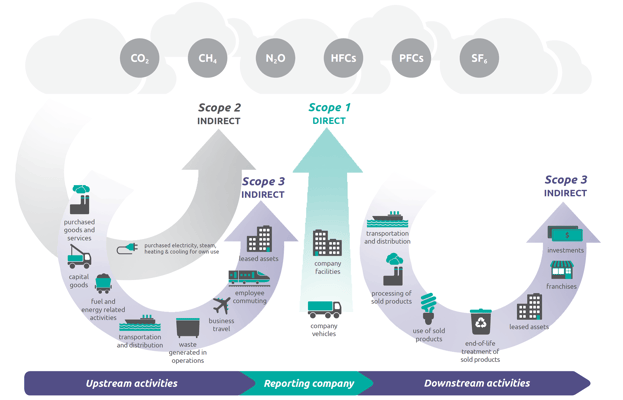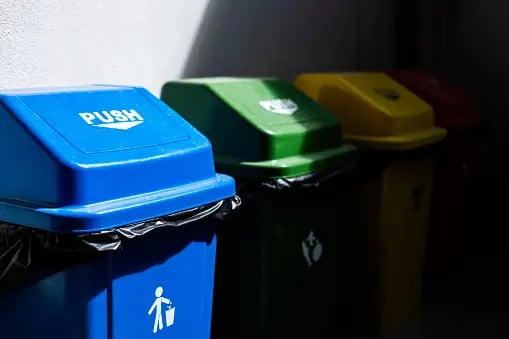
Blog
Circular Economy Package
2 October, 2020
/
Circular Economy
,

Check out other articles

Carbon Credits vs. Offsets: What Every Sustainability Manager Should Know
18 February, 2025 / Circular Economy, Climate Change,
Blog
News


What you need to know about the new S1 and S2 ISSB Standards 🌳
30 June, 2023 / Circular Economy, Corporate Sustainability, Environmental, Social and Governance (ESG), Carbon, Climate Change, Biodiversity,
Blog




